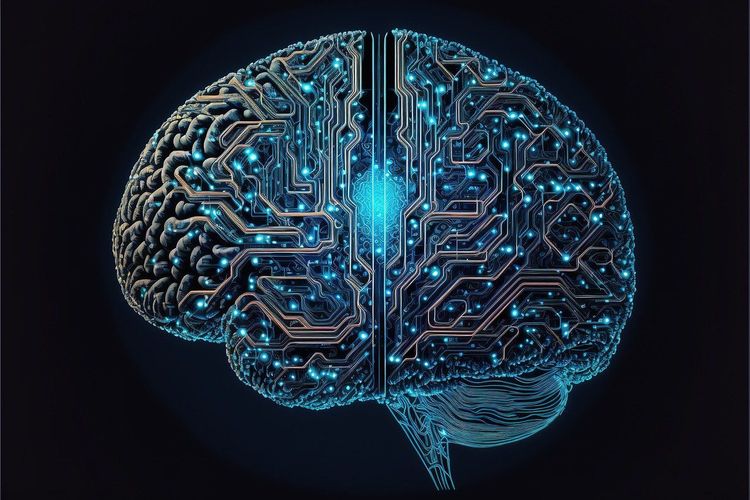Since the launch of the chatbot by OpenAI, companies worldwide have been racing to develop large language models. However, China faces two main challenges in this competition: a lack of access to advanced American chips, which limits its computational power, and stringent data protection laws imposed by the Personal Information Protection Law. While companies like OpenAI are expanding their large models, Chinese firms are focusing on efficiency and are constrained by the availability of data.
The stringent data regulations drive Chinese companies to create AI services based on smaller language models. While these models may not match the power of their larger counterparts, they come with reduced creation and operational costs. China’s tech ecosystem thrives on this practical approach. This means that while the U.S. ecosystem holds an advantage in breakthrough innovations, China excels in execution: finding product-market fit, scaling operations, and making applications economically viable.
According to a recent report by the World Intellectual Property Organization, from 2014 to 2023, China filed over 38,000 patents in generative AI, compared to the United States, which filed 6,276. While patents do not equate to groundbreaking innovations, China's extensive patent portfolio can translate into more products. One notable area of AI application in China is electric vehicles. While Chinese companies may not produce superintelligent AI, adequate human-vehicle interaction AI is likely to become prevalent in China before anywhere else.
Often perceived as a sector driven by national ambition, the Chinese tech industry actually benefits from effective domestic regulation and geopolitical constraints in some areas while striving to catch up in others. AI is one of the most transformative technologies globally, and both China and the U.S. have contributions to make. The profound challenges humanity faces—ranging from climate change to cancer treatment—are not confined to China or the United States; they are global issues.
(Author: Jennifer Scott)
South China Morning Post, August 1. Original Title: Despite Chip Supply Constraints, China is Narrowing the AI Gap with the U.S. Despite challenges in accessing advanced chips, China is making strides to close the gap in AI development. Chinese tech companies are actively working on their own large language models and have developed AI-generated video tools that are accessible to users worldwide. In contrast, OpenAI, located in San Francisco, initially showcased such capabilities but has yet to achieve widespread adoption. Moreover, Chinese firms have introduced open-source models that enable anyone to build their own AI systems, contributing to the development of AI on a global scale.







